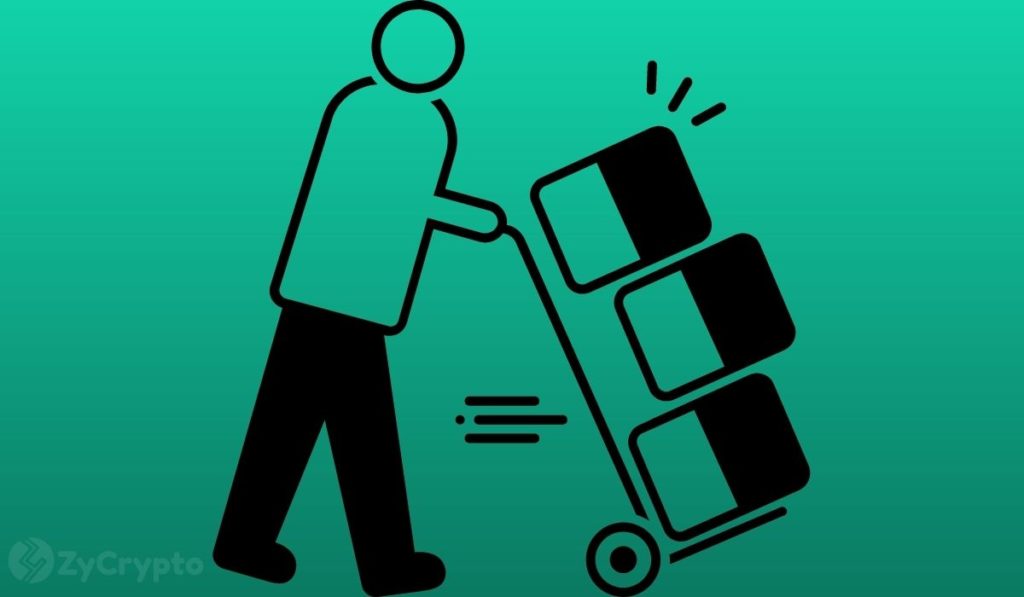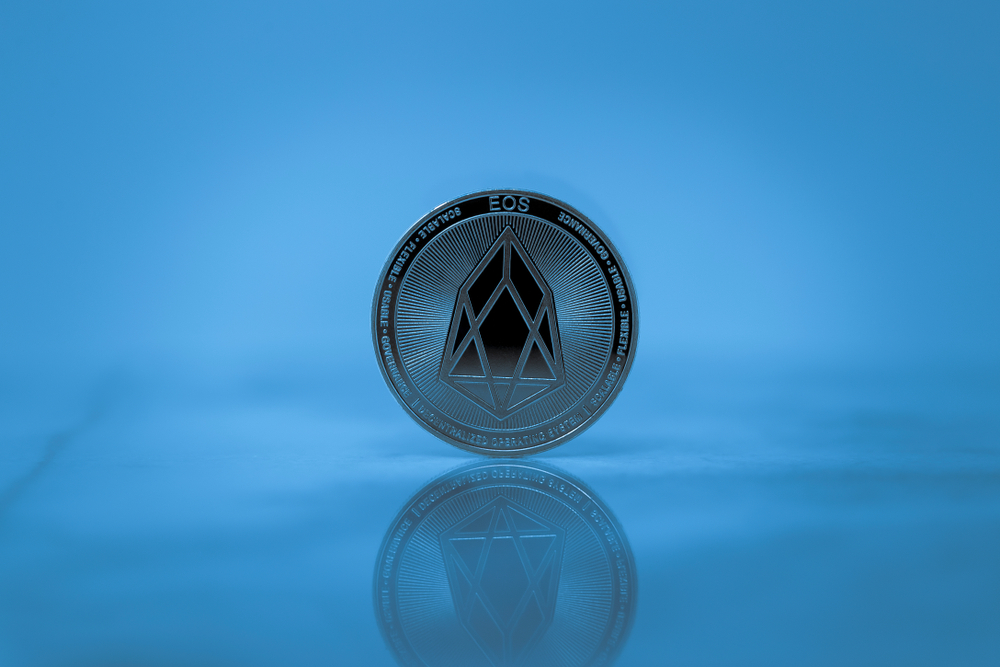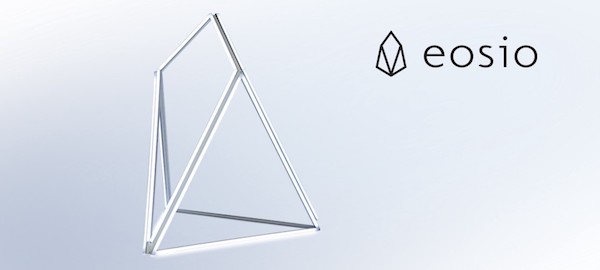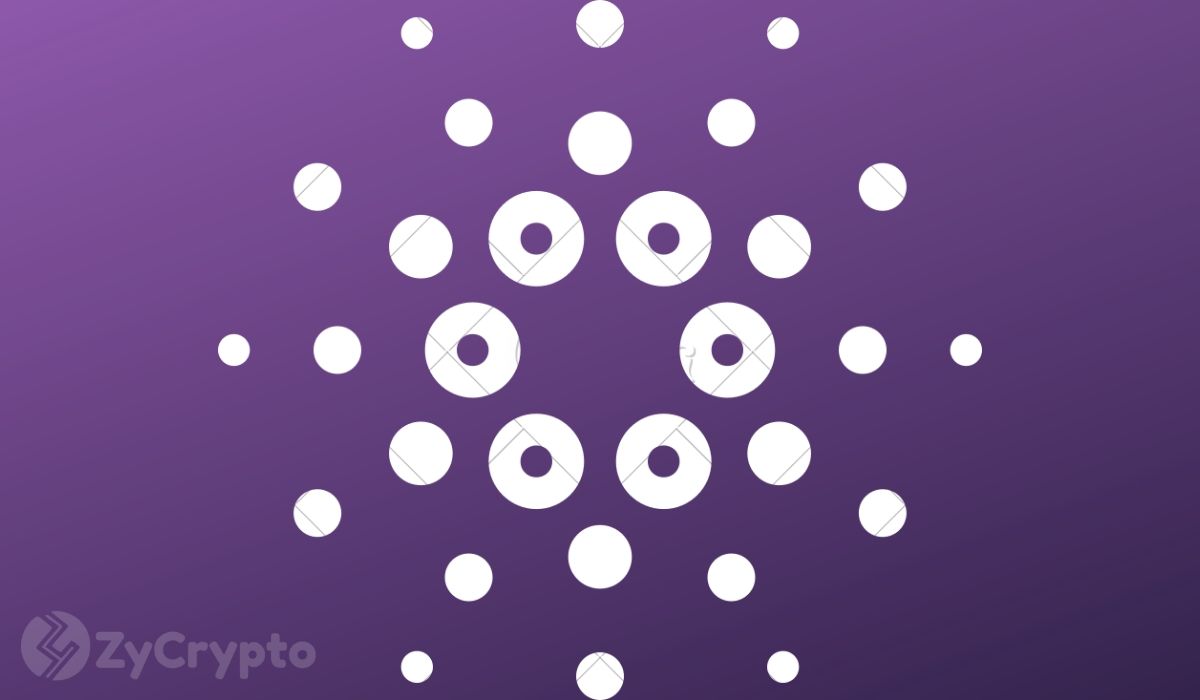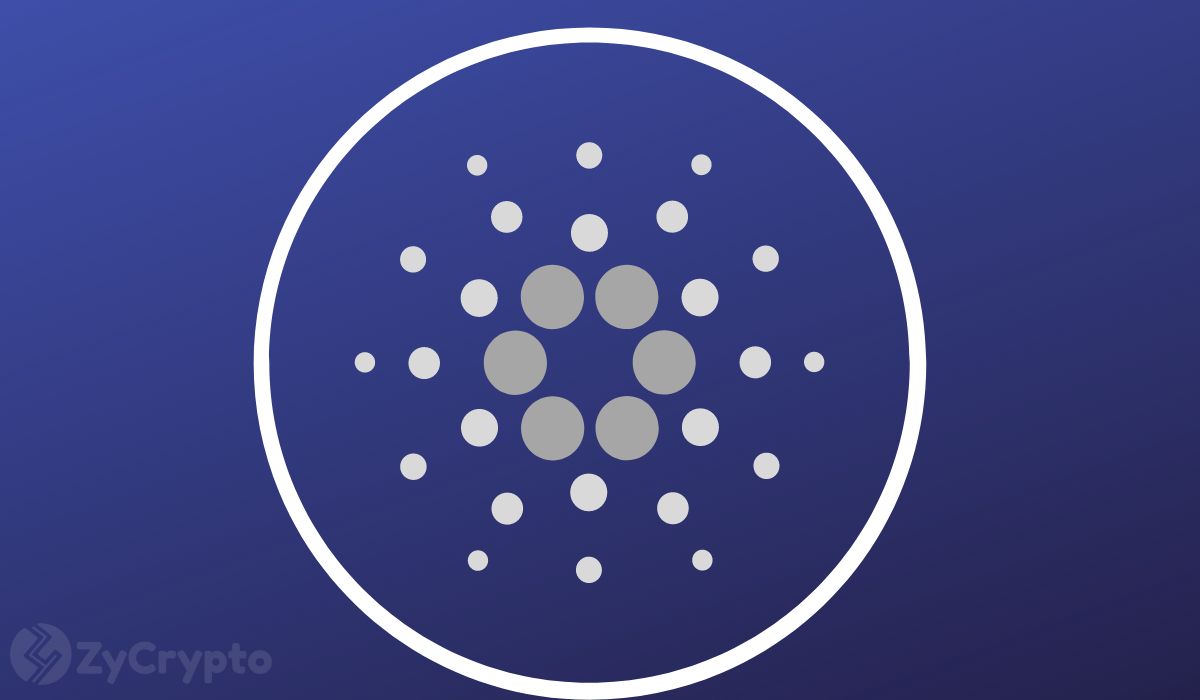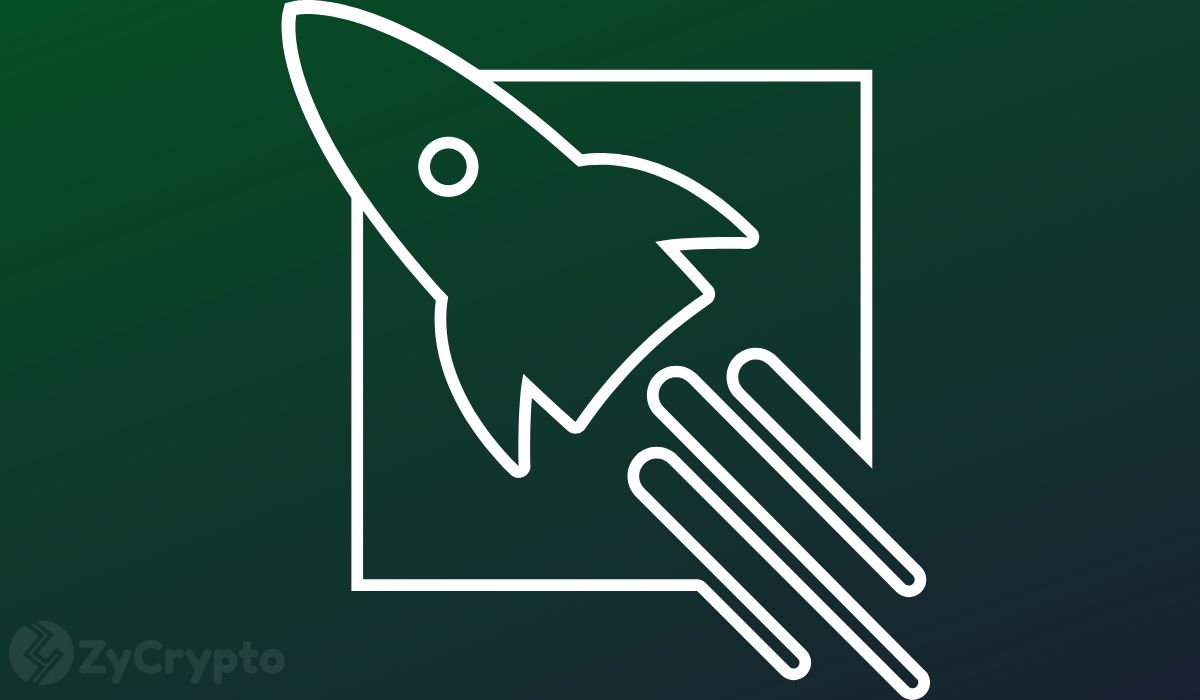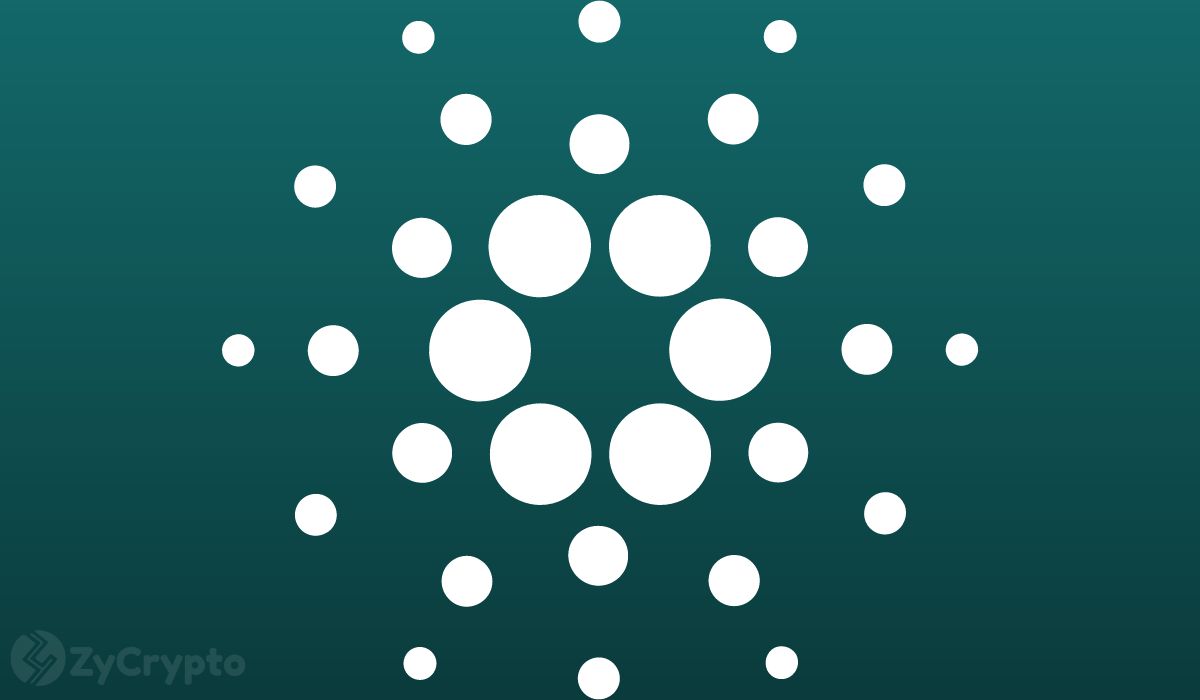2019-2-27 21:40 |
EOS dApp developers now have a new way to offset their operational costs. LiquidApps has announced that the DApp Network, which offers a number of developer tools, has gone live as of February 26. The network’s killer feature is vRAM, which will provide hard disk-like data storage and cut down on EOS’s regular resource costs.
EOS’s RAM CrisisIn order to eliminate user transaction fees, EOS puts the costs of dApp activity on app developers, not on users. This means that developers must purchase resources like RAM in order to operate their apps. This is beneficial to end users, but the model has caused issues for developers, who have been facing high costs since at least September.
Although the price of RAM has gone down since then, a single megabyte of RAM still costs about 65 EOS—more than $200. According to LiquidApps, this cost puts limitations on what EOS developers are capable of building. Any app that requires several gigabytes of RAM carries prohibitive costs, even if it merely stores data.
vRAM to the RescueThis calls for a new solution. RAM is a somewhat “misleading term,” LiquidApps explains, since developers don’t always use RAM as temporary memory. Instead, developers often use RAM as a “hard disk” to store data for a long time. LiquidApps plans to work around the high cost of RAM by providing vRAM, thereby allowing data to be transferred elsewhere:
“vRAM allows dApp developers to migrate all relevant data from RAM to IPFS files hosted by DAPP Service Providers … By unpacking the scarce RAM database, vRAM dramatically increases the resources available for dApp developers looking to build dApps with large data requirements.”
It’s not clear how much the new storage solution will cost. Developers will pay storage providers with LiquidApp’s own tokens, which have their own inflation model. Presumably, this will prevent vRAM from becoming too expensive. Additionally, if vRAM manages to gain traction, it will free up EOS’s valuable resource supply and could drive down the price of RAM.
EOS and GrowthThis is, however, just one way of mitigating EOS’s RAM costs. The fact that EOS’s RAM supply is increasing yearly will also drive down RAM costs. Additionally, EOS has made changes so that new accounts require less RAM by default. As such, LiquidApp’s vRAM is not a total solution, but it may reduce RAM costs noticeably.
In any case, EOS has managed to attract both new and devoted app creators in spite of developer costs. Scatter has recently revealed its plans to port indie games to EOS, and Effect.AI has announced its intent to move to the platform. However, low resource fees will undoubtedly persuade developers who are currently on the fence about EOS.
The post EOS Gets “Hard Disks” Thanks to vRAM and the DApp Network appeared first on UNHASHED.
origin »EOS (EOS) на Currencies.ru
|
|


